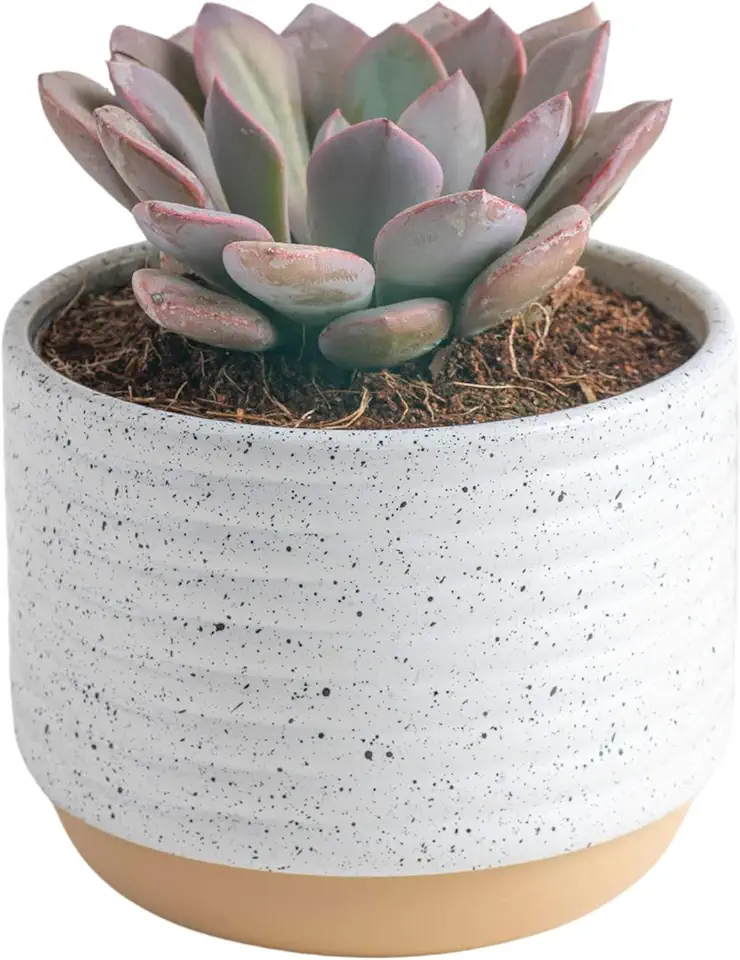
Introduction
## Why Accountability and Fun Are Your Secret Weapons. Look, we’ve all been burned by the usual “accountability” spiel at work—the kind that feels more like a blame game than a real chance to own your stuff. Michael Timms, leadership consultant and TEDx speaker, blew my mind recently when he pointed out that “holding people accountable” is the wrong way to frame it. Seriously, it’s not about control or finger-pointing. It’s about connection and ownership, about building systems that prevent screw-ups rather than scrambling to fix them afterward. And here’s the kicker: the best leaders don’t boss people around—they inspire responsibility through humility, self-awareness, and smart frameworks. Now, mix that with something Bree Groff, a workplace culture guru, says about fun at work, and you get a recipe for motivation that actually sticks. Bree argues that fun isn’t some fluffy add-on, a ping-pong table or foosball machine shoved into a corner. It’s permission—permission to be human, to be creative, to risk a little, and to show up fully. If you think work and fun don’t belong in the same sentence, you’re missing out on what truly makes people tick. When you bring fun back into the mix, you don’t just survive the workweek—you reclaim your life. So what’s really going on here?
Why does it feel like we’re trapped between being blamed for every little slip and the soul-sucking grind of an “all work, no play” culture?
Here’s the thing: sustainable motivation rides on a delicate balance of ownership and joy. Without accountability, you’re stuck in chaos. Without fun, you’re stuck in burnout. But get both right, and you unlock something way bigger.
How Leaders Screw This Up and How to Fix It
Let’s be honest—most leaders think accountability means cracking the whip. It’s like they believe shouting “You’re responsible!” will magically get results. Give me a break. Timms calls BS on that. True leadership is about creating a system where people understand their role and feel safe to admit mistakes without fearing a public dressing-down. It’s about setting up guardrails, not traps. Leaders who get this don’t just manage—they lead with humility and self-awareness. And that starts with looking in the mirror first. Think journaling, asking for feedback, and seeking advice as tools leaders use to sharpen their own game before they expect it from others. It’s not weakness—it’s wisdom. Timms lays out three habits of inspiring accountability, and here’s the secret: they work in harmony. You can’t just pick one and expect miracles. Now, toss in Bree Groff’s insight on fun, and you realize leadership isn’t just about systems and habits. It’s about culture. If your workplace feels like a drag, no amount of accountability will fire people up. Bree talks about “performative professionalism”—you know, the stiff upper lip, hide-your – feelings act that’s supposed to be “professional.” She says that’s a myth, and honestly, it’s toxic. The real deal comes when people feel permission to be themselves. To wear stretchy pants if that’s what they need to focus. To take creative risks that make their job meaningful.





What Happens When You Get This Right
Picture this: a workplace where people don’t dread Mondays, where saying “Was today fun?” is part of the daily vibe. Where leaders aren’t sitting on pedestals but are in the trenches with their teams, owning their part and encouraging everyone else to do the same. You get a culture that’s not just productive but sustainable. Because here’s the bottom line—motivation that burns out fast isn’t motivation at all. Michael Timms reminds us that accountability without blame creates a foundation for real growth. Bree Groff’s message is that fun isn’t a distraction from the grind—it’s the fuel for it. Together, they paint a picture of leadership and work culture that’s human, hopeful, and heck yeah, a little bit fun.
What You Can Do Today
So, where do you start if you want to shake things up without losing your mind?
Here’s what I’m thinking:
1. Ditch the blame language. Swap “holding accountable” for “inspiring ownership.” Talk about systems that help everyone catch problems early. 2. Check yourself first. Spend five minutes journaling or asking for feedback. Leaders who grow inspire growth. 3. Give yourself and your team permission to be real. That might mean a casual dress day or just openly admitting that not every day is a home run. 4. Ask that simple question: “Was today fun?” If not, figure out what’s missing and try to fix it tomorrow. 5. Remember, leadership isn’t about control. It’s about connection. Build frameworks, not walls. ## Why Should We Care in
2024. We’re living in a time when work feels like it’s spinning out of control—politics are messy (hello, Trump back in the White House), economies are shaky, and everyone’s juggling more than ever. The old ways of management just don’t cut it. People want purpose, they want autonomy, and they want a workplace that doesn’t make them want to crawl under the desk by noon. If we keep treating accountability like a weapon and fun like a luxury, we’re just digging our own graves, productivity-wise. But if we embrace the lessons from Timms and Groff, we can flip the script. Build workplaces that hold people accountable with kindness and clarity and invite joy and creativity back in like old friends. And honestly?
That’s the kind of leadership and culture I want to see more of. Don’t you?